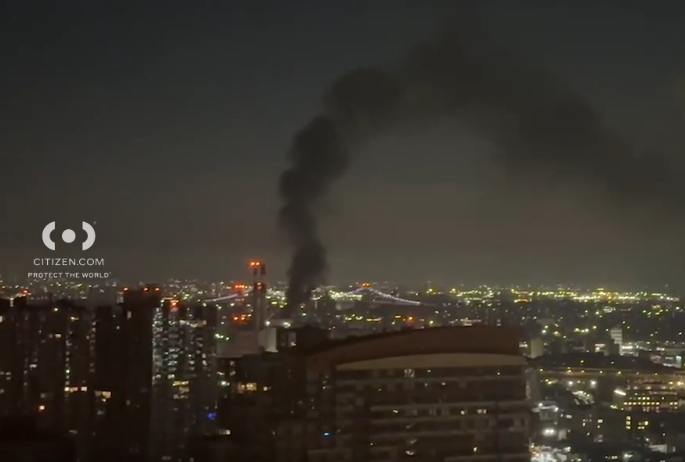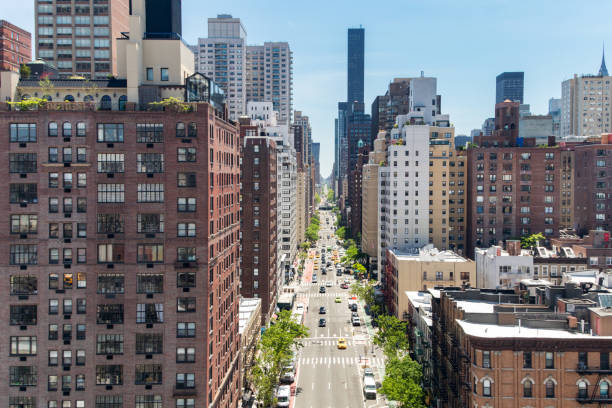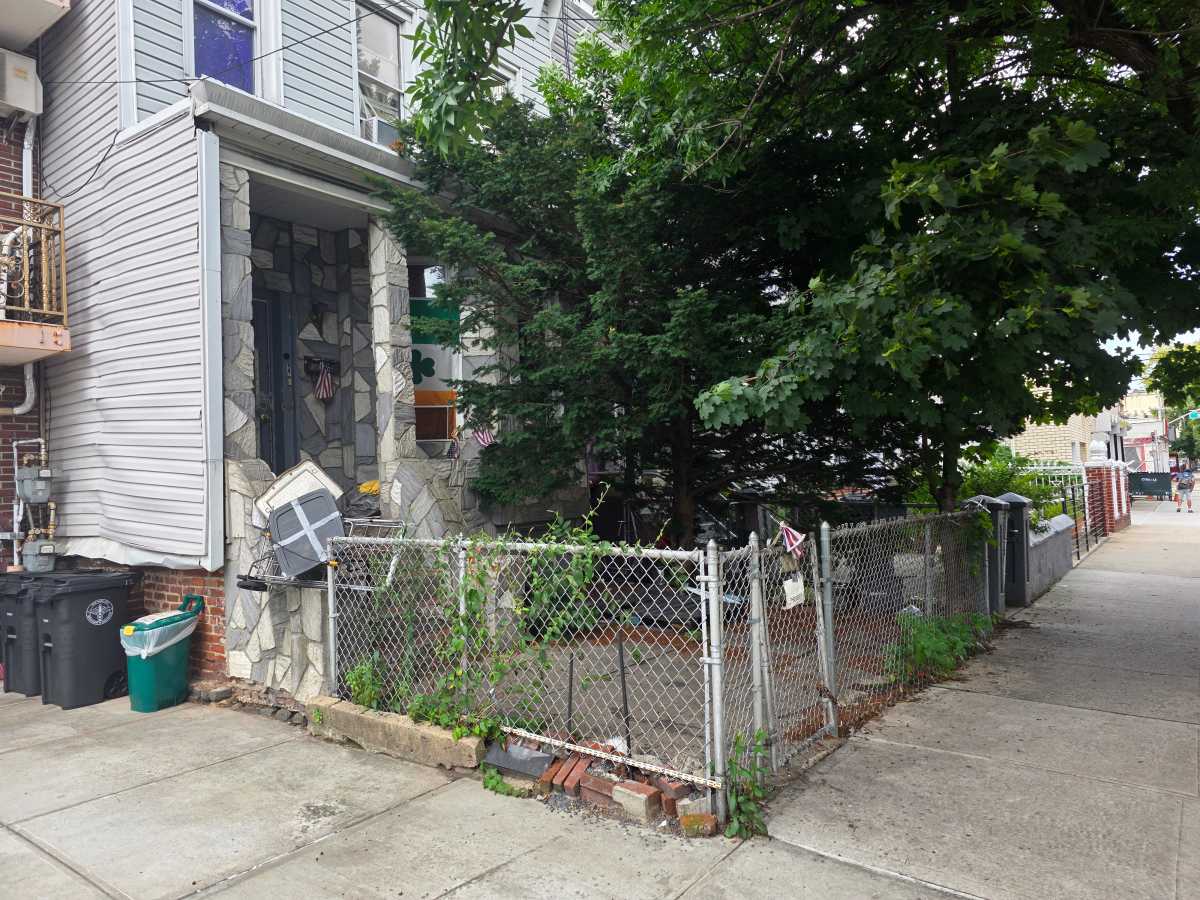
The MTA has made progress in reducing serious structural issues at subway stations that impact service, however the overall number of repairs needed has increased, according to a report released Friday.
State Comptroller Thomas DiNapoli’s office recently analyzed data from the MTA’s station conditions survey, which is conducted every five years and evaluates structural components such as stairs, platforms and ventilators as well as architectural elements, including walls, ceilings and lighting at all 472 stations.
The results of the survey help determine the MTA’s upcoming capital program, which the transit authority uses a blueprint for infrastructure improvements.
The MTA’s most recent survey, completed in 2017, found that 29 percent of nearly 15,500 structural components at subway stations were deemed worn or damaged — a 2 percent increase from the last survey in 2012, according to the comptroller’s report.

“Years of underfunding for the MTA capital program has translated into a longer list of needed repairs in New York City’s subway stations, fewer stations in good condition, and ever-increasing rider aggravation,” DiNapoli said in a statement Friday. “On the plus side, the MTA has been able to reduce the number of the most serious station defects, but a lot more needs to be done to address declining station conditions.”
The comptroller specifically raised concerns about the increased number of deteriorating platform edges documented in the survey, which he said was “particularly troubling” given their importance to rider safety.
Sixty-five percent of platform edges were found to be in worn or damaged condition, according to the report, which is up from 43% in 2012. The number of platform edges with serious problems was about the same as 2012’s survey at 11%.
The MTA said platform edges were repaired or replaced at over 40 stations between 2012 and 2017, and its 2020-24 capital program will include more funding to address any new deficiencies that have emerged.
The transit authority has made some progress with repairs. The number of stations with serious structural deficiencies dropped to 158 in 2017 from 188 in 2012, according to the report.
The total number of serious structural issues documented at all stations also fell to 474 components — a decrease of 25 percent compared to the 2012 survey. The number of architectural element defects deemed serious was reduced by a whopping 89 percent.
The comptroller’s report also found improvements with the number of staircases deemed worn or damaged — 17 percent — and nearly all of the stations’ lighting was considered to be in good condition.
“As the comptroller notes in his report, NYC Transit has made significant strides at station repairs systemwide thanks to a station maintenance program that focuses on addressing individual components with serious defects,” MTA spokesman Tim Minton said. “This is in lieu of performing major structural work throughout a station — work that often requires closures or bypasses that inconveniences customers.”
But while the MTA has made headway on reducing the more serious structural component issues, the number of defects rated 3 or higher rose by 8% to 4,491, according to the report. Additionally, only 26 stations — about half as many compared to 2012’s survey — were documented as having all of their architectural and structural components in good repair.
Minton, however, argued that the figure is “flawed” because it lumps together stations with only minor issues that do not affect safety or customer service with stations that have more concerning defects.
“Those stations are understandably not prioritized for immediate repair,” he said of the stations with only minor defects. “By focusing on high-priority defects separately, we are able to respond to serious issues quickly making the most of our limited resources efficiently and cost-effectively.”
Minton also noted that the Fast Forward plan to modernize subway service as well as the recent approval of congestion pricing in Manhattan will help ensure station improvements and maintence for years to come.































